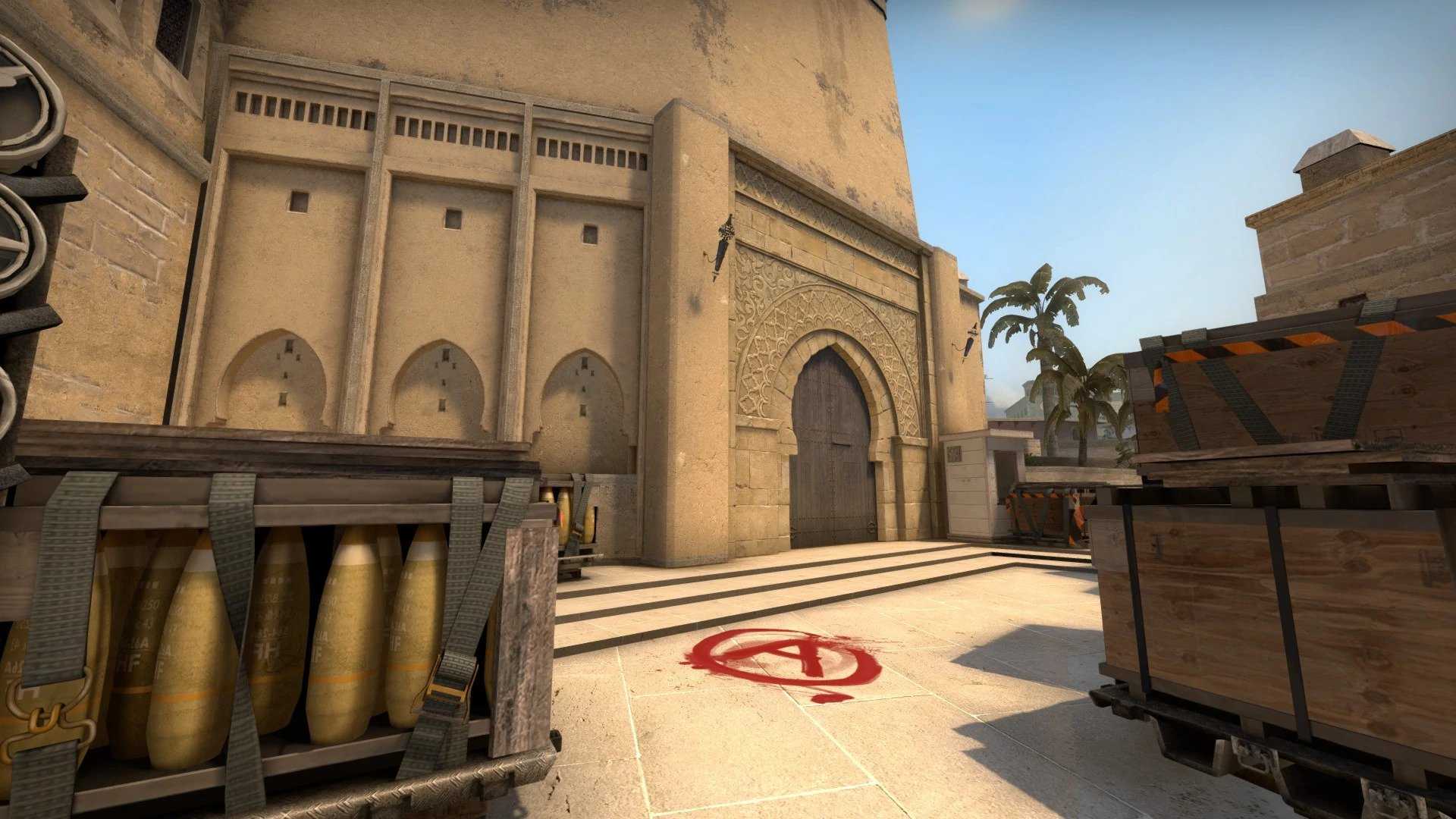Empowering Relationships: BVSM Marriage Services
Explore expert advice and support for successful marriages.
How CS:GO Maps Influence Player Psychology
Discover how CS:GO maps shape player strategies and emotions. Uncover the hidden psychology behind your favorite game levels!
The Psychological Impact of Map Design in CS:GO: Understanding Player Behavior
The design of maps in CS:GO is not merely a backdrop; it is a fundamental element that significantly influences player behavior. Each map is crafted with unique layouts, obstacles, and sightlines that can evoke different psychological responses from players. For instance, maps such as Dust II are beloved for their balance and opportunities for strategy, which can boost player confidence and enjoyment. In contrast, more complex maps like Mirage can lead to feelings of frustration or intimidation, particularly for newcomers. This variance in map design can impact how players engage with the game, shaping their tactical decisions and emotional responses during gameplay.
Moreover, understanding the psychological impact of map design extends beyond player experience; it also affects community dynamics and competitive play. Players often gravitate towards maps that resonate with their psychological profile, which can create trends in playstyles and strategies within the community. For example, maps that favor aggressive strategies can foster a more competitive atmosphere, leading to heightened stress levels during intense matches. In contrast, more open maps might encourage teamwork and communication, enhancing overall team cohesion. Ultimately, the interplay between map design and player psychology is crucial for developers and gamers alike, as it can lead to richer gameplay experiences and deeper insights into player behavior.

Counter-Strike is a highly popular first-person shooter game that involves team-based gameplay and strategic planning. Players often engage in intense matches where they must be quick on their feet and make heavy tactical decisions to outmaneuver their opponents. With various game modes and maps, Counter-Strike offers endless hours of competitive fun for both casual and hardcore gamers.
How Different Environments Shape Strategy and Decision Making in CS:GO Maps
In Counter-Strike: Global Offensive (CS:GO), the environment of each map plays a crucial role in shaping player strategy and decision making. Different terrains, structures, and sightlines create unique tactical contexts that influence how teams approach objectives, engage opponents, and navigate the battlefield. For instance, narrow alleyways and tight corners found in maps like Dust II necessitate careful positioning and strategic smoke placements, while open spaces in maps like Mirage promote long-range engagements and require effective use of snipers. Understanding how these environmental factors interact with gameplay is essential for players aiming to enhance their in-game performance.
Moreover, the dynamic elements of CS:GO maps, such as bomb sites, choke points, and cover locations, further complicate decision-making processes. Players must constantly evaluate their options based on the current state of the match and how environmental variables affect strategies. For instance, teams may opt for a split strategy on a map like Inferno, exploiting the verticality and cover provided by buildings to outmaneuver opponents. Effective communication and adaptability are key as players must not only consider their own environment but also anticipate how the enemy might leverage it. Recognizing these patterns can significantly enhance a team's overall effectiveness in competitive play.
What Do CS:GO Maps Reveal About Player Psychology and Strategies?
In the world of CS:GO, maps are not just backdrops for gameplay; they reveal intricate layers of player psychology and strategic thinking. Each map is designed with distinct features that can influence how players approach the game, ranging from their choice of weapons to their tactics during engagement. For instance, maps with tight corners like Dust II can lead to an emphasis on ambushes and close-quarters skills, whereas larger maps like Mirage encourage teamwork and strategic positioning. This differentiation highlights how players often adapt their strategies to suit the environment, showcasing their psychological tendencies such as risk assessment and teamwork capabilities.
Moreover, the layout of CS:GO maps serves as a canvas for players to express their personal styles and philosophies of play. According to various studies, players gravitate towards specific tactics based on their psychological profiles. For example, aggressive players may thrive on maps like Inferno, where quick decision-making is crucial, while more methodical players might prefer maps that allow for tactical planning, like Nuke. Understanding these dynamics not only sheds light on individual behavior but also reveals how group psychology impacts team strategies. To succeed, players must leverage these insights, adapting their gameplay to both the map's strengths and their teammates' styles, creating a cohesive strategy that can outsmart opponents.